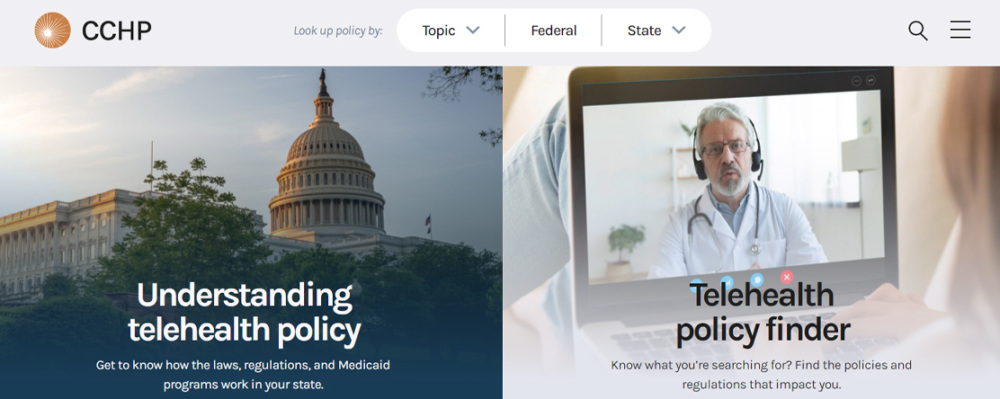
California Public Health Departments Remotely Treat Tuberculosis: Outcomes & Opportunities
- Mei Wa Kwong, JD
- Lois Ritter, Laura Nasseri
-
Focus Areas
Communicable Disease Prevention, Data, Technology & Innovation, Health Care & Population Health -
Issues
Technology & Telehealth -
Expertise
Technical Assistance -
Programs
Center for Connected Health Policy

New study from PHI’s Center for Connected Health Policy (CCHP) shows high satisfaction with VDOT for TB treatment
A new article, published in the Californian Journal of Health Promotion and authored by CCHP consultant Lois Ritter and CCHP staff Mei Kwong and Laura Nasseri, evaluates the utilization levels, benefits, barriers, and outcomes of California public health departments using Virtual Directly Observed Therapy (VDOT) to treat tuberculosis. Through directly observed therapy (DOT), an individual’s ingestion of medication is observed by a designated person, usually a public health worker or medical professional. The use of DOT for strict adherence of ingestion of TB medication is labor intensive and can be a highly inefficient use of the public health worker’s time and challenging for the infected individual to be accessible every time he or she is taking the medication. Virtual Directly Observed Therapy (VDOT) is an alternative method of delivering DOT for TB treatment.
In the study, interviews (n=7) with pilot site staff in California and a survey (n=56) at the 2015 CA TB Controllers Association Conference were used for data collection. The study results revealed that almost 27 percent (n=15) of survey respondents were using VDOT. Respondents reported high patient and provider satisfaction, cost savings, and staff safety. The highest concern was reimbursement specifically that California’s Medicaid program, Medi-Cal, reimburses for in-person DOT but not VDOT.
These results are consistent with an earlier report released by CCHP that summarized the challenges and recommendations on using telehealth for DOT in treating TB. CCHP’s report concluded that VDOT shows great promise in medication adherence and patient acceptance due to the flexibility offered by the technology. Concerns centered on technology failures, privacy and security issues, reimbursement and lack of guidelines or materials for effectively building an eDOT program. To address the barriers to utilizing VDOT in TB patients, CCHP recommended that the CDC update their DOT guidelines to include VDOT, and that additional guidelines be developed to address HIPAA, privacy, security, and confidentiality concerns when utilizing VDOT.
For more information, read the full journal article and see CCHP’s full report.
Originally published by Center for Connected Health Policy
Work With Us
You change the world. We do the rest. Explore fiscal sponsorship at PHI.
Support Us
Together, we can accelerate our response to public health’s most critical issues.
Find Employment
Begin your career at the Public Health Institute.


